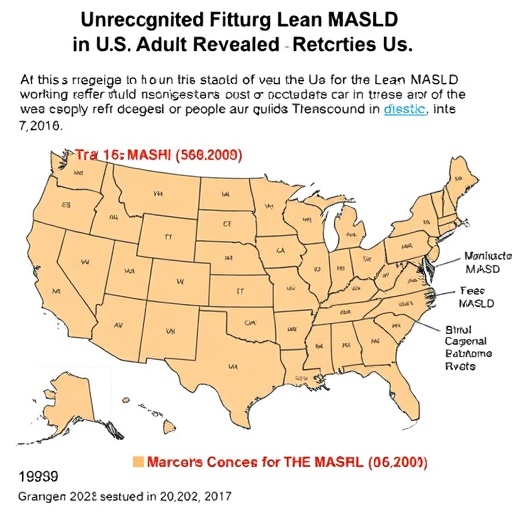Vanderbilt researchers have published findings indicating that regardless of whether a woman delivers a child by cesarean section or by vaginal birth, if they fill prescriptions for opioid pain medications early in the postpartum period, they are at increased risk of developing persistent opioid use.
In a research letter published in the American Journal of Obstetrics and Gynecology, the authors examined the data of 102,541 women who gave birth while covered by Tennessee Medicaid (TennCare) to analyze their use of opioid pain relievers during the postpartum period. The study population was opioid naïve, meaning they had not used opioids in the 180 days before the delivery.
“Studying postpartum women gives us an excellent opportunity to compare two demographically similar populations of women with a common experience of childbirth, one discharged with opioid prescriptions routinely (cesarean birth), and one not discharged with opioid prescriptions routinely (vaginal birth),” said Sarah Osmundson, MD, assistant professor of Maternal-Fetal Medicine in the Department of Obstetrics and Gynecology, the study’s lead author.
Of the mothers included, 89 percent of the women who had a cesarean delivery and 53 percent with a vaginal delivery filled opioid prescriptions during the postpartum period. The incidence of persistent opioid use during the year following delivery was low overall — at less than 1 percent — and was higher among women with cesarean versus vaginal delivery. However, among women who filled an initial opioid prescription, the risk of persistent opioid use was similar between the delivery groups. Furthermore, filling additional prescriptions for opioids in the postpartum period substantially and consistently increased this risk in both groups.
Because childbirth is so common, when the findings were projected to the number of women who give birth annually in the United States, the researchers estimated that unless postpartum opioid prescribing practices are modified, an alarming number of women who give birth annually could be at risk of becoming chronic opioid users.
“This study is one of the firsts to indicate that regardless of the delivery type, postpartum initiation of opioid use — a modifiable practice — is associated with persistent opioid use,” said study senior author Carlos Grijalva, MD, MPH, associate professor of Health Policy. “If our estimates were projected to the number of women who give birth annually in the United States, we calculated that every year there would be around 21,000 women becoming chronic opioid users that would be attributable to opioid use in the postpartum period.”
“Opioid prescribing can have a huge impact in this population given that 86 percent of women will have at least one delivery and may be exposed to opioids, and that almost one-third of women undergoing childbirth in the United States will have a cesarean. Policies designed to standardize and improve opioid prescribing have the potential to influence exposures for a large proportion of our population,” Osmundson said.
Based on their findings, the researchers are calling on obstetricians to exercise caution when prescribing potentially addictive pain medicine following childbirth and to consider alternative pain management measures.
They hope additional research in this area will influence other medical specialties’ prescribing practices as well.
“We are now doing additional studies of the characteristics of the first prescription and the patient factors that influence chronic opioid use,” Osmundson said. “Hopefully, this work will also provoke opioid prescribers in other fields — surgical and non-surgical — to consider the long-term implication of opioid prescribing and seek novel, safe and effective approaches to managing pain.”
###
The study team also included Andrew Wiese, MPH, research fellow, Health Policy; Robert Hawley, associate database administrator, Health Policy; Jea Young Min, PhD, PharmD, MPH, research instructor, Health Policy; Marie Griffin, MD, MPH, professor, Health Policy; and Stephen Patrick, MD, MPH, assistant professor of Pediatrics and Health Policy.
Media Contact
Craig Boerner
[email protected]
615-322-4747
Related Journal Article
http://news.
http://dx.




